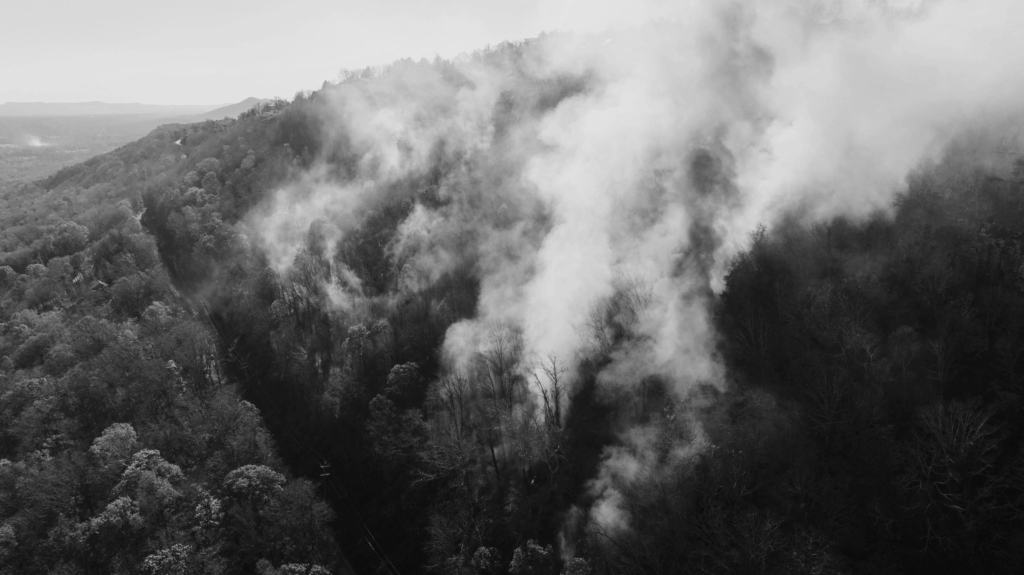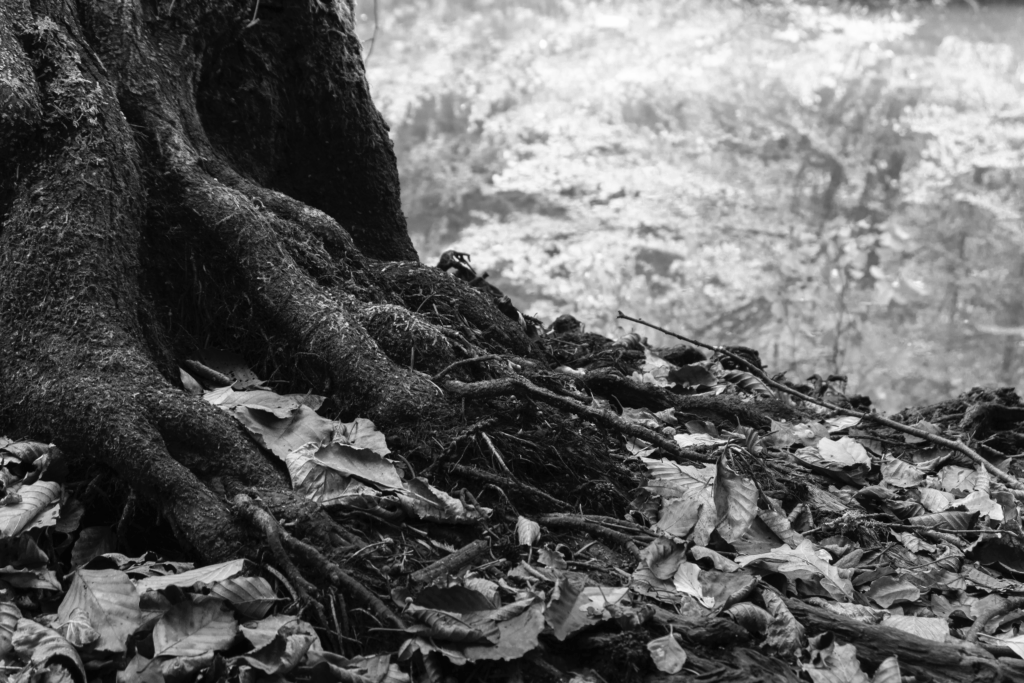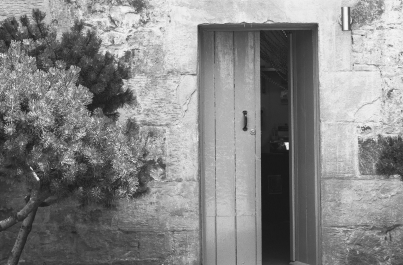When Complexity Calls: Expanding Leadership at the Edge of the Known
A decision under smoke
The call came during wildfire season. Smoke had spread into several worksites, and air quality dropped to levels considered unsafe for human health. The expected course of action was clear: carry on as usual, maintain operations, absorb the cost later if necessary. Faced with the decision, Jill Taylor, as CEO of a business with multiple locations that served the public, made a different choice. Certain sites were closed so employees were not forced to work in toxic air.
It was not the expected move, and it created friction with those who wanted predictable continuity. Yet the results told a different story. Customers remained, the company continued to generate revenue, and most importantly, people were protected. This is the terrain of wicked problems – problems that refuse to be solved by the usual playbook.

What Makes a Problem Wicked
The term wicked problem was first introduced by Horst Rittel and Melvin Webber in the 1970s to describe issues so entangled and shifting that they cannot be solved by linear analysis.A wicked problem is not simply difficult. It changes shape as it is engaged, and every attempted solution alters the problem itself.
“Wicked problems are not interruptions to business as usual. They are signals that business as usual has reached its edge.
”Leadership scholars have since expanded on this. Association for Talent Development notes, “leadership itself is a wicked problem,” because it exists in the context of shifting expectations, multiple stakeholders, and no definitive end point (https://www.td.org/content/atd-blog/leadership-is-a-wicked-problem)The wildfire decision illustrates this. The issue was not only operational continuity. It was about health, morale, community trust, and financial viability. Each decision touched all of these at once.

Expanding Awareness
From the CEO seat, wicked problems required a different kind of attention. As Jill Taylor describes it: “I had to extend what I was looking at. I couldn’t solve the issue in the way that was expected of me.”This expansion of awareness meant widening the field of view to include employees, customers, financial health, and the broader community, all at once.Daniel Goodenough, co-founder of The HuPerson Project, frames it as range: “Drawing from the farthest reaches of who you are designed to be.”

From Strategic to Organic Leadership
The reflex in business is often strategic: break the problem into parts, assign tasks, measure outcomes. This approach is effective for “kind problems,” where cause and effect are clear.Wicked problems, however, demand something more. They require an organic orientation — treating the enterprise as a living system.Jill explains: “Working with a company, I bring forward the music of transformation in very real ways — weaving together operational demands, community commitments, and the deeper DNA of the enterprise. The sound is unmistakably theirs, and it expands into something stronger, more resilient, more alive.”Organic means alive, interconnected, and responsive.

Calling Forth Presence and Future
Daniel adds an inquiry: “Why am I here? What does this call me to do? Who does this call me to be?”These questions are not abstract. They are anchors in moments when the map no longer matches the terrain. They draw forth the whole of who a leader is.Kate Raworth frames a similar shift in economics: start with the flourishing web of life and design systems to support it, rather than forcing life into pre-set theories (https://www.kateraworth.com/doughnut/).Leadership grounded in presence works in the same way. It listens for what wants to emerge.

What Changes When Leaders Shift
Returning to the wildfire moment: the choice to close sites was not universally popular. Some in the ecosystem preferred the standard course.
The integrated outcome, however, was clear. For example, a result of closing the locations for a couple of days, the customers saw this level of attention and care and remained loyal in the longer term. Customers can feel it in the atmosphere.
Jill reflects: “It just took something different. It took something unprecedented. It took an expanded awareness and an intention that would direct my attention to include all of it rather than just this one or that one to the exclusion of others.”

Conclusion: The Edge of the Known
Complexity is the terrain of our time.
“The universe itself leans toward increasing complexity. Business must learn to lean with it.”
Wicked problems are signals that business as usual has reached its edge. The task is now to navigate at the edge of the known.
In Jill’s words: “Doing that produced a better result. The company did make money, employees’ well-being was protected, and customers remained.”
By widening awareness and being willing to act in unprecedented ways, leaders discover outcomes that can address the wholeness of the situation and of the people involved.
Published WorkMore Relevant Reading

Sensitivity and AI: Investing Attention Where It Matters Most
A New Currency of Business Artificial intelligence is rapidly transforming how we work. It scans data, drafts reports, manages tasks, and suggests creative ideas. Many, many organizations are investing in AI. Yet a deeper question emerges: Where are we investing human attention? In the rush to adopt AI, some companies treat employee attention as a cost […]

Innovation and the Walls of the City
The achiever brain naturally wants to safeguard its domain so that success can continue indefinitely. As a result, we’ve created a heavily guarded virtual wall around the city of business. Inside those walls, companies often treat innovation as something to manage. A division is carved out, R&D is siloed, and the rest of the enterprise […]

When “File Not Found” Becomes a Leadership Asset
Across industries, executives are naming the same experience: the playbooks they once relied on no longer fit. AI and automation are moving quickly, financial pressures remain volatile, and risks seem to arrive in clusters rather than one at a time. Many leaders describe a quiet sense of “file not found”—that moment when the system searches […]

